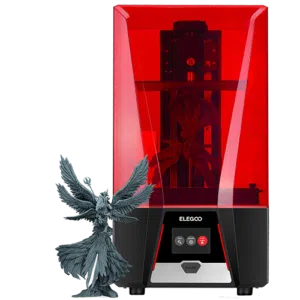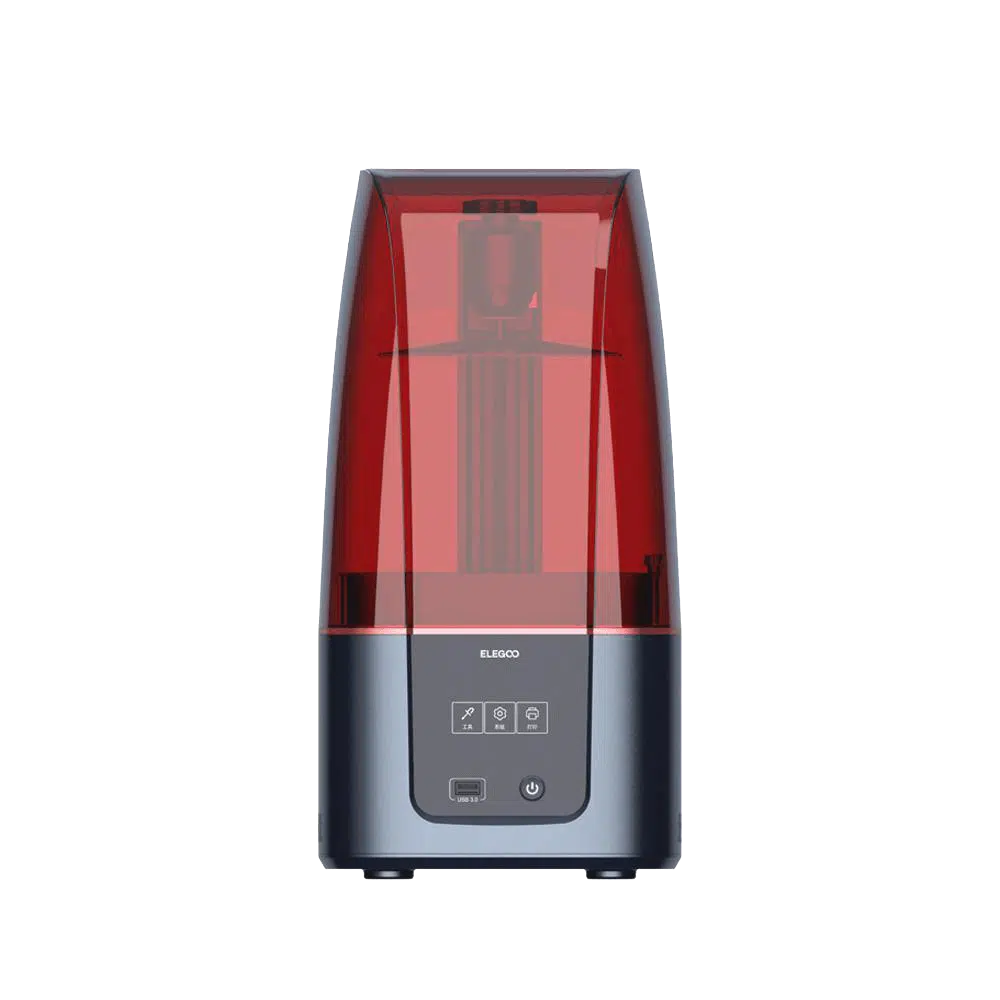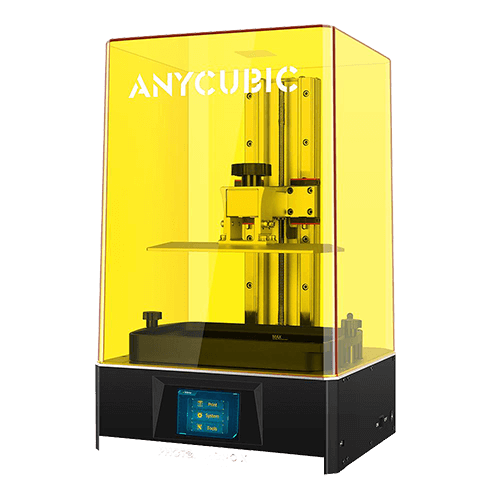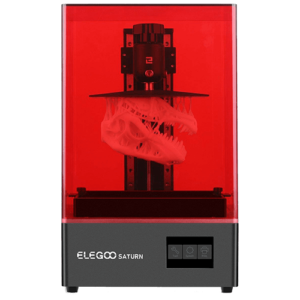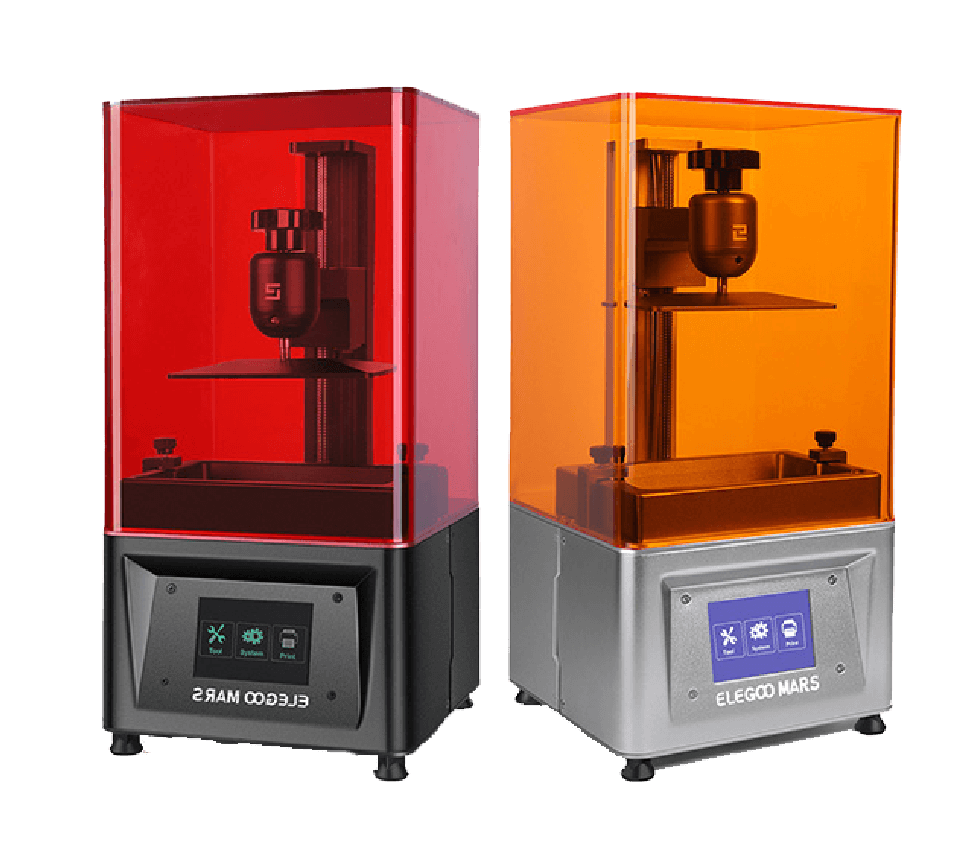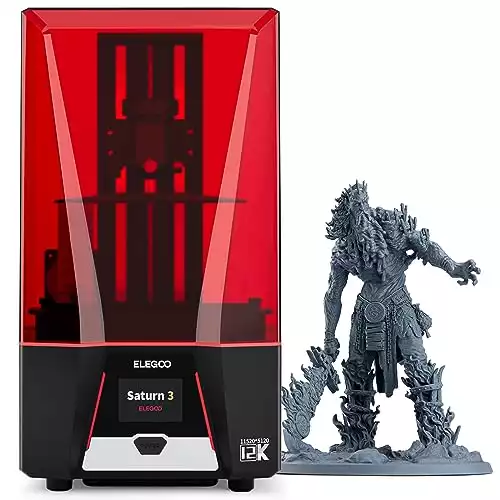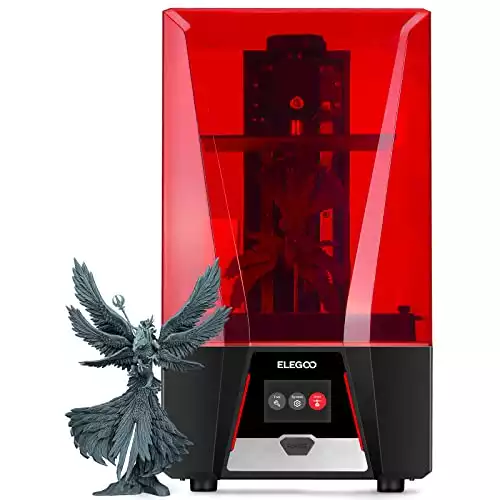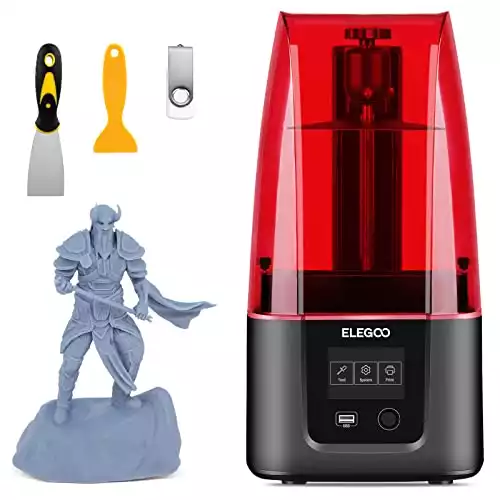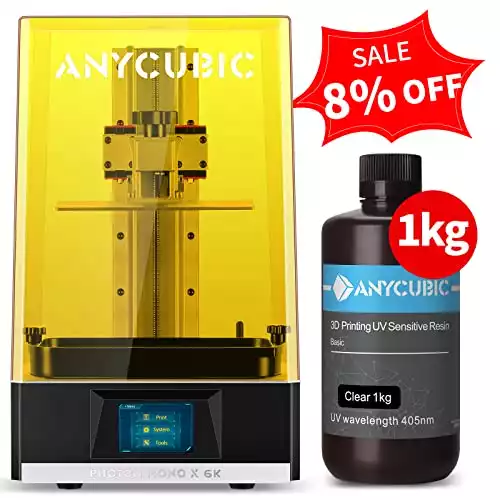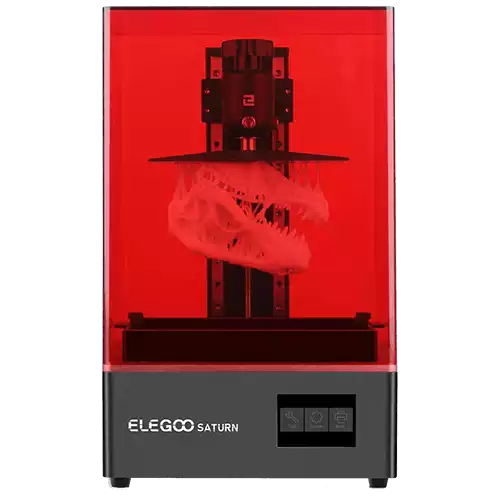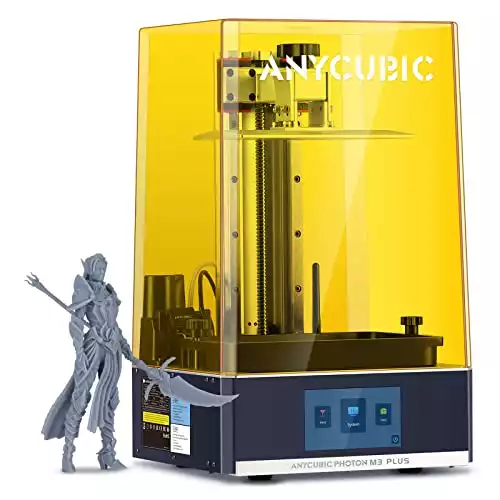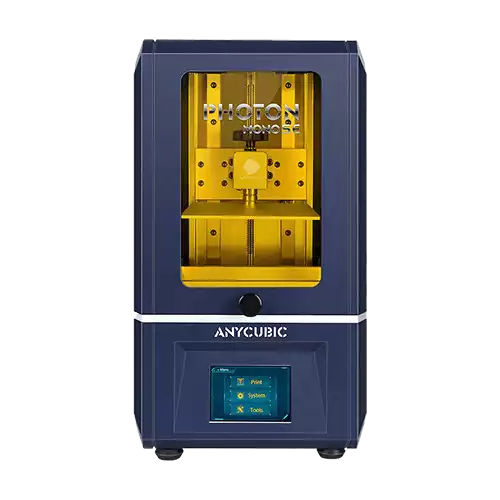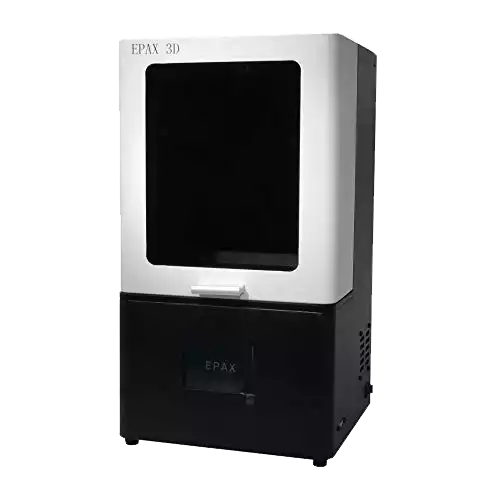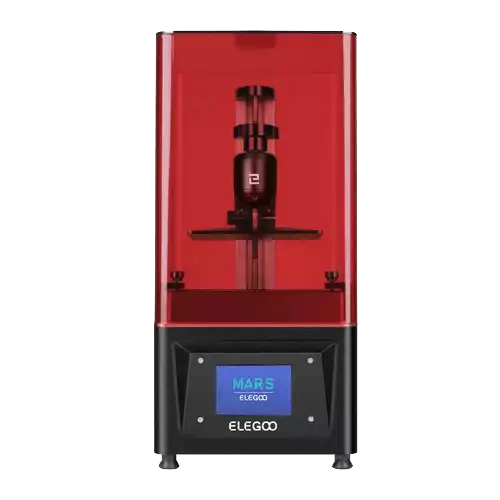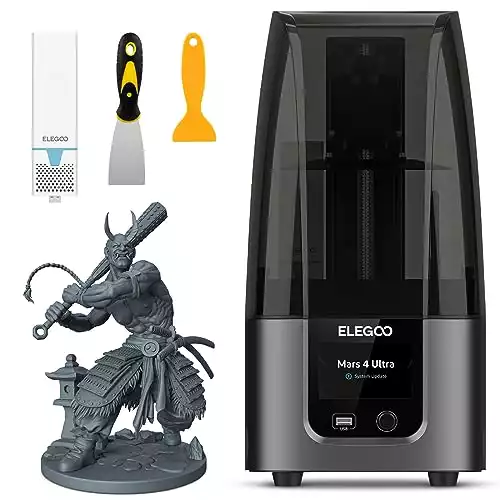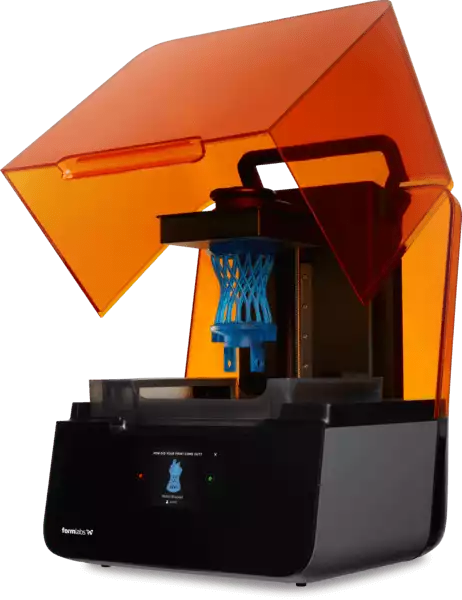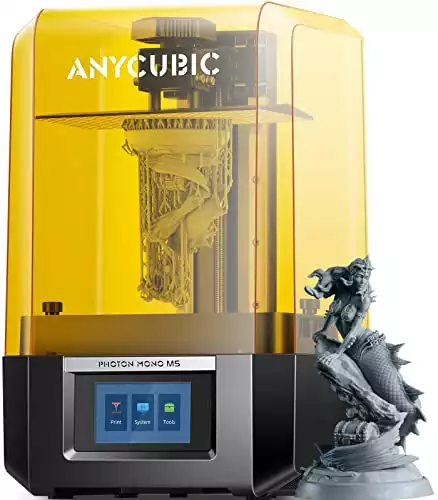Nowadays, more people are investing in 3D printers to bring their ideas to life, whether for business or fun. As a result, the 3D printer market has grown significantly in recent years, offering a wide range of designs and purposes.
Still, no matter the model, the goal is the same: to turn your designs into tangible objects.
Choosing a resin printer that offers good value for your money can be a bit challenging. That’s where we come in to help you make an informed decision—when selecting a good resin 3D printer, carefully look for the following:
Resolution
When choosing a 3D printer, it’s crucial to consider its resolution. This significantly affects the quality of the objects the printer produces. For example, higher-resolution printers can print items with greater detail and accuracy. Moreover, the items they make won’t need a lot of post-processing and can be used with just a bit of cleaning after printing.
Between the two types we mentioned above, SLA 3D printers generally have better resolution compared to DLP printers. This is due to the fact that SLA printers make use of small lasers to polymerize resin, while DLP printers are dependent on projectors with fixed resolutions. In short, while SLA does take more time to print, the quality is often superior.
Accuracy
Accuracy is another crucial factor to think about when choosing a resin 3D printer. Resin 3D printers must be exceptionally accurate to ensure that the final products meet the desired standards and specifications. Accuracy is especially important when crafting prototypes for new products, intricate designs like model kits or tabletop figures, or items with stringent size requirements.
Both SLA and DLP 3D printers can achieve high levels of accuracy, depending on the specs. However, other factors such as material, calibration, settings, and post-processing techniques, among others, can determine whether the end product is produced with accurate measurements.
Build Volume
Build volume refers to the maximum size of a part that a 3D printer can print at a time. The higher the build volume, the bigger the product the printer can print. For example, a bigger build volume means that you can print large items or multiple smaller ones at once. The build volume that you’re going to need will depend on what you’re using the 3D printer for.
Moreover, just because a resin printer has a large build volume doesn’t mean the prints are going to be of good quality (especially for larger prints). This is why printing resolution and accuracy are important.
Resins
3D printing materials are essential to creating detailed and accurate prints. Before purchasing a resin 3D printer, you should check if it’s compatible with the materials you plan to use for your projects.
For example, some printers require you to use resins with a certain viscosity. If the resin you want to use is thicker or more viscous than what your preferred printer can handle, you should look for another printer instead.
Some printers are also designed to work with proprietary resins only. These machines do not work with third-party resins, meaning you will always need to buy the resins from your printer’s manufacturer.
Additionally, it’s essential to factor in the cost of the resins you’ll use for your 3D printer. Some resins are more expensive than others because they are used for special purposes. Basic or standard resins typically start at around $30 per kg, while specialty resins, like biocompatible variants, can be much pricier, reaching approximately $1,000 per kg.
Certain 3D printers come equipped with handy features such as auto-leveling, automatic resin optimization, and self-refilling resin tanks. If you don’t mind spending more to get these features, they will make 3D printing more convenient and efficient.
Printing speed
The speed at which a resin printer prints products can be a huge deal breaker for some users, especially if they plan to mass-produce items or if there’s a need to print products on a tight schedule. SLA and DLP printers vastly differ in this aspect.
SLA resin 3D printers print layers slowly in exchange for better resolution and improved quality. While SLAs are more than capable of finishing highly detailed small or medium-sized products at the same speed as a DLP printer, they’re mostly built to produce items slowly. If you’re getting an SLA printer, do not forget to check its printing speed if it’s an interval and/or duration you are okay with.
On the other hand, DLP printers are capable of printing a number of small items quickly. The trade-off would be print quality. DLP printers are ideal for users looking to mass-produce items where details don’t matter as much.
Ease of Set Up
Lastly, a good resin printer must be easy to set up and use so that people of varying skill levels can operate it. In the past, many 3D printer owners needed technical expertise to configure and use their machines. However, modern 3D printers are supposed to be more user-friendly, with some being ready to print right out of the box. Think about your skill level and choose a printer that is easy to operate.

